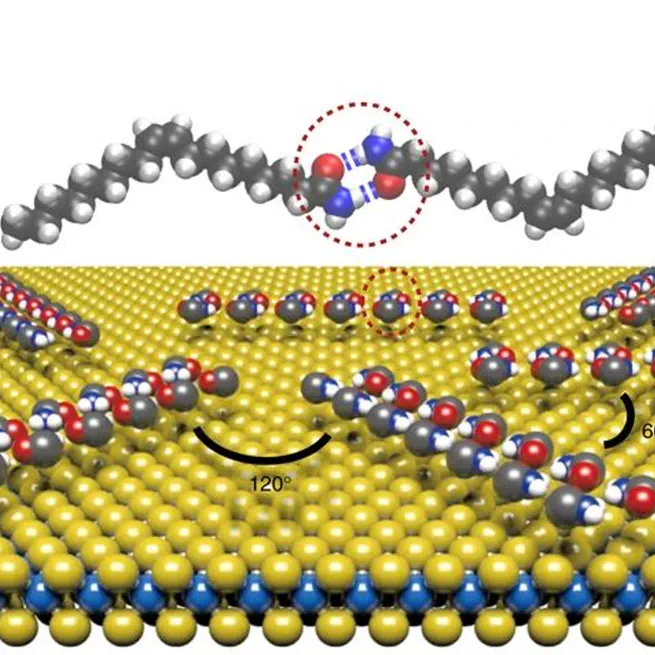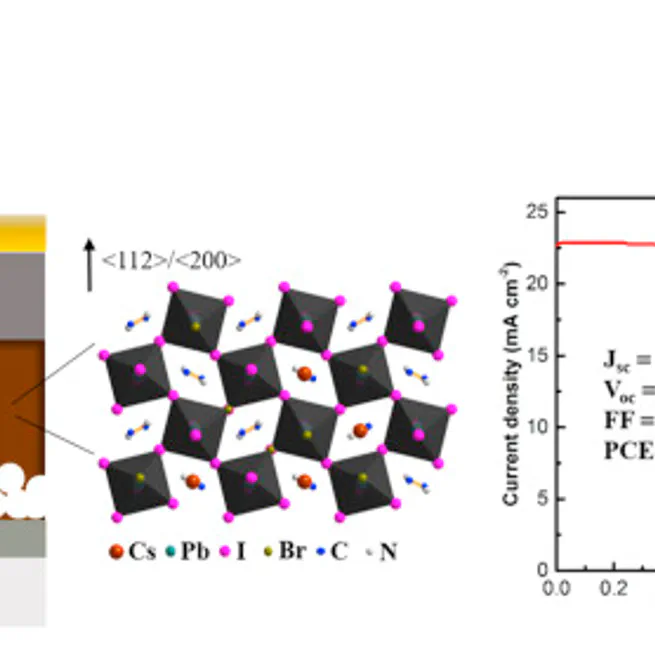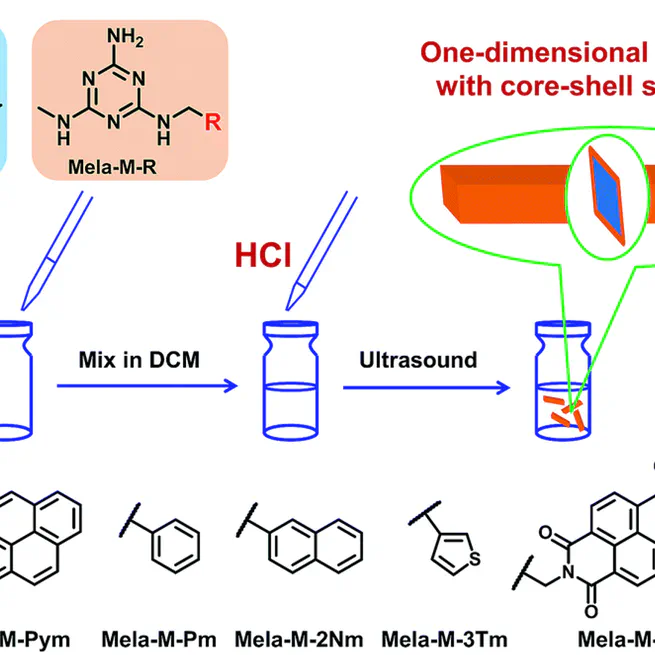
Abstract Probing the crystallographic orientation of two-dimensional (2D) materials is essential to understand and engineer their properties. However, the nondestructive identification of the lattice orientations of various 2D materials remains a challenge due to their very thin nature. Here, we identify the crystallographic structures of various 2D atomic crystals using molecules as probes by utilizing orientation-dependent molecule–substrate interactions. We discover that the periodic atomic packing of 2D materials guides oleamide molecules to assemble into quasi-one-dimensional nanoribbons with specific alignments which precisely indicate the lattice orientations of the underlying materials. Using oleamide molecules as probes, we successfully identify the crystallographic orientations of ~12 different 2D materials without degrading their intrinsic properties. Our findings allow for the nondestructive identification of the lattice structure of various 2D atomic crystals and shed light on the functionalization of these 2D materials with supramolecular assembly.
Aug 29, 2017

Abstract Solar cells based on organic inorganic hybrid metal halide perovskites have exhibited a rapid increase of power conversion efficiency (PCE). Perovskite solar cells involving mixed cations, especially recently reported Cs doping, have shown huge potential to improve PCE as well as device stability. However, when doping Cs into CH3NH3PbI3 (MAPbI3) and [HC(NH2)2]3PbI3 (FAPbI3), CsPbI3 could segregate from the perovskite phase, affecting the performance negatively. In addition, despite improved charge transfer was predicted for oriented film along <112>/<200> directions, the fabrication is still on the way and rarely reported. Herein, an ultra-smooth perovskite film oriented along <112>/<200> directions is created for the first time, with a homogeneous tetragonal phase of (MAPbI3)1−x(CsPbBr3)x. The preferentially precipitated heavily Cs-doped perovskite, and the lowered surface energy of (112) and (200) planes, verified by DFT calculations, are responsible for the orientation. The improved charge transfer and suppressed trap states in the oriented film substantially improved the performance. Upon an optimal doping ratio of 0.1, a PCE of 17.6% was achieved, together with remarkable improvements in stability under UV irradiance and in ambient atmosphere.
Jun 27, 2016

Abstract Herein, we have developed a one-pot method for the fabrication of one-dimensional core/shell microrods with tunable shell compositions by the introduction of additives. Crystalline dimethyl melamine hydrochloride was utilized as the core, while melamine derivatives with different functional groups, such as pyrene, thiophene and naphthalene diimide, served as additives to regulate the core morphology and were adsorbed as the shell. The length and width of these one-dimensional structures can be tuned by varying the molar ratio of core and shell molecules as well as their total concentration. Through X-ray diffraction, the detailed molecular arrangements within the core of the microrods were revealed, and the selective effect of additives on specific crystal faces was evaluated. It is anticipated that this work may provide a facile approach for the fabrication of one-dimensional functional materials.
Jun 3, 2015